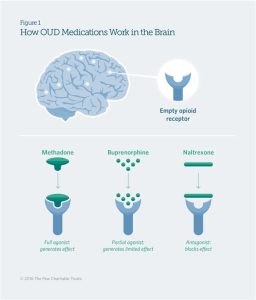In 2023, state and local governments received $15 billion from opioid crisis settlements, marking a crucial turn in combating addiction. This article explores the nuances of these settlements, covering shifting dynamics and challenges.

1. Settlement Landscape: Major companies, including Johnson & Johnson and Teva Pharmaceutical, reached nationwide agreements, but hurdles like Purdue Pharma’s $60 billion deal facing opposition add complexity to fund distribution.
2. Transparency Challenges: With only 16 states committing to transparent fund usage reporting, concerns about oversight linger. Legal battles, as seen in Ohio, highlight dissatisfaction with non-disclosure practices.
3. Allocation Strategies: Funds support addiction treatment, rehab facilities, and clinical services. Yet, debates arise over law enforcement tools and school programs, revealing diverse approaches to prevention.
4. Business Reform Unintended Consequences: Reform mandates impact legitimate prescriptions, raising access concerns to essential medications, revealing unintended consequences of business changes.
5. Decisions on the Horizon: Some states, like Montana and Hawaii, are yet to allocate funds. The slow pace sparks debates between urgency and prudent planning, emphasizing the need for swift action amid the ongoing crisis.
Conclusion: Opioid crisis settlements wield significant influence, requiring a balanced approach for immediate and long-term impact. Transparent and accountable strategies are vital for a strengthened fight against the opioid crisis.
References:
- OpioidSettlementTracker.com
- KFF Health News
- Office of National Drug Control Policy
- Supreme Court rulings
- O’Neill Institute for National and Global Health Law, Georgetown University
